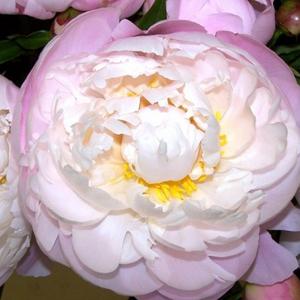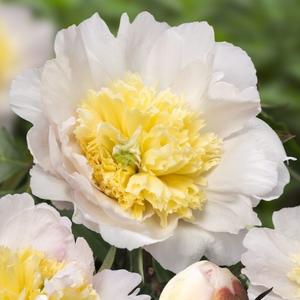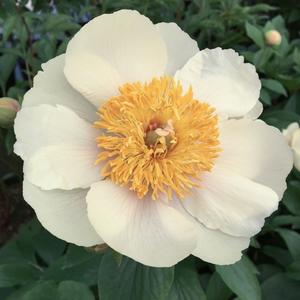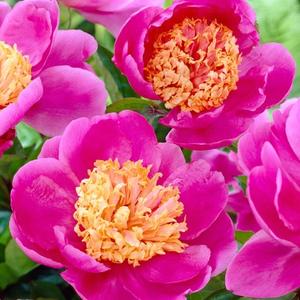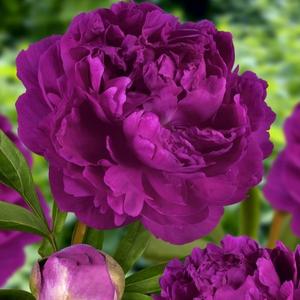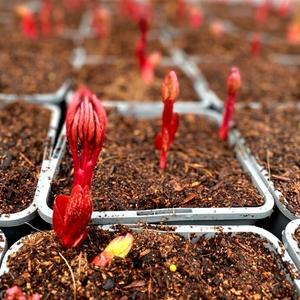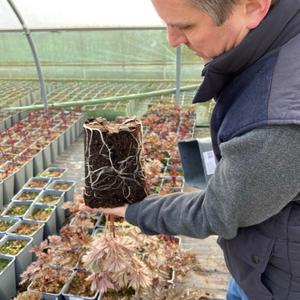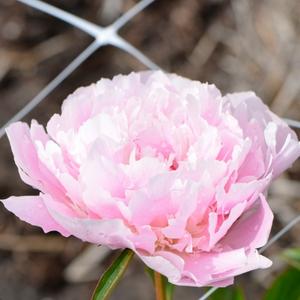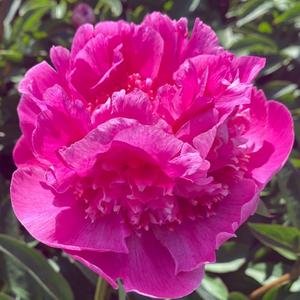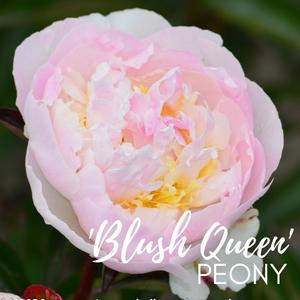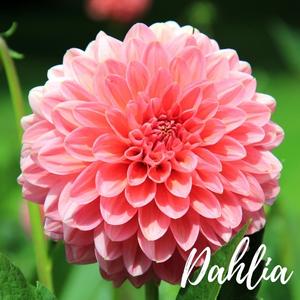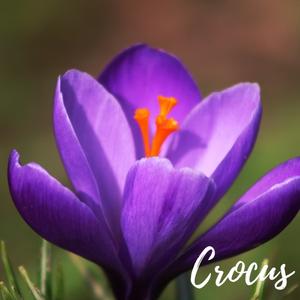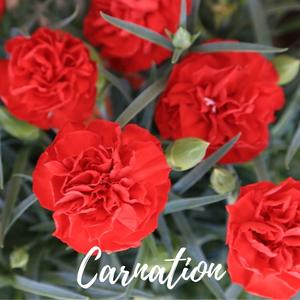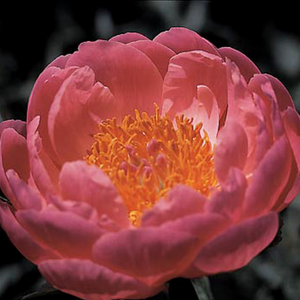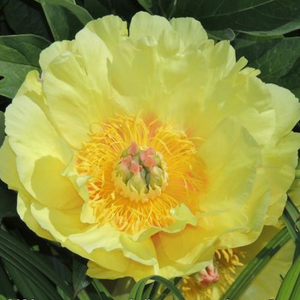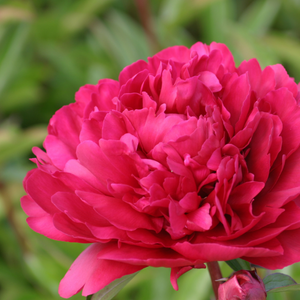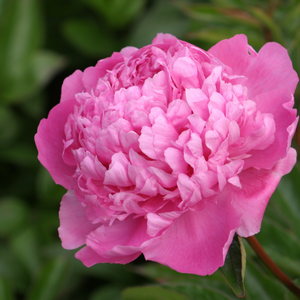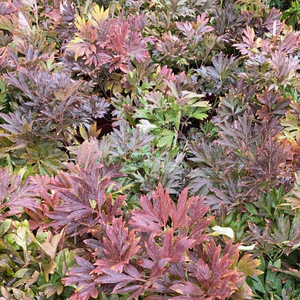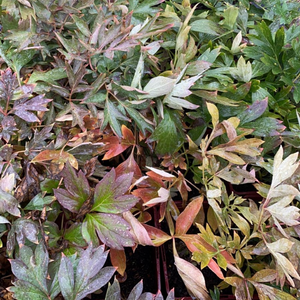The dress code at the RHS Chelsea Flower Show these days might feel a little casual for some – more jeans and t-shirts, less royal frocks and hats.
But there is still plenty of glamour to be enjoyed! Wafting around surrounded by blooms with a glass of Pimm’s or bubbly in hand sounds pretty glamorous to me! No matter how you’re dressed.
Or even undressed...
Remember our nude peony-ed model at the 2019 Chelsea Flower Show (pictured right)? We had such fun.
This year we are excited to be back in full bloom and having a ball exhibiting at the Floral Marquee at the RHS Chelsea Flower Show 2022.
What We've Been Up To
With so many colours, shapes, scents and varieties to choose from, we can say that there certainly is a peony to suit every garden style and choice. Their delicate but blousy blooms enchant visitors to the show year after year and we want this year to be the most memorable peony exhibit yet.
It has been nearly two years since we have displayed peonies in their full glory at the RHS Chelsea so we are delighted to be back and full force, bringing back some fun after the difficult two years of the pandemic.
Our exhibit has been in the making for the last 18 months with a photoshoot taking place on the nursery last Spring.
As the largest exhibit we have ever undertaken, our team is hard at work growing over one thousand peonies for the display.
Send us all your growing vibes please!
What Will You See?
We are creating an experience where you'll find yourself immersed in the wondrous world of peonies and falling in love with them as much as we have, appreciating all of their unique and beautiful qualities.
We hope this will stoke your desire for having your own peonies growing in your garden, even if you have never grown them before.
In our dreamy display of peonies you will be able to see yourself having fun, like you did as a kid – playing in a whimsical forest surrounded by magical flowers.
The display will feature a large backdrop image from our ethereal photoshoot. At the centre of the exhibit will be a peony-covered swing, courtesy of Sitting Spiritually, allowing you to imagine yourself enjoying the tranquility of our ‘midsummer nights dream’, experiencing the serenity that gardens can provide while feeling more connected to nature. A beautifully sculpted Fairy by Robert James and all trees provided by Valley Plants. The intoxicating fragrance of the peonies will transport you to another world, allowing you to experience the wonder and versatility of peonies.
To really get the full experience you'll want to keep an eye out for our Photocall at the show – an opportunity for you to snap some pics of a beautiful Fairy Queen in our enchanted peony forest doing what fairy queens do.
Which is?
You'll have to come and see for yourself!
And that is just the tip of the petal of what’s in store for you at the RHS Chelsea Flower Show this year.
So come and see us! We look forward to seeing you there.
If you haven’t got your tickets yet, you better grab ‘em here...

in the buff in 2019...





